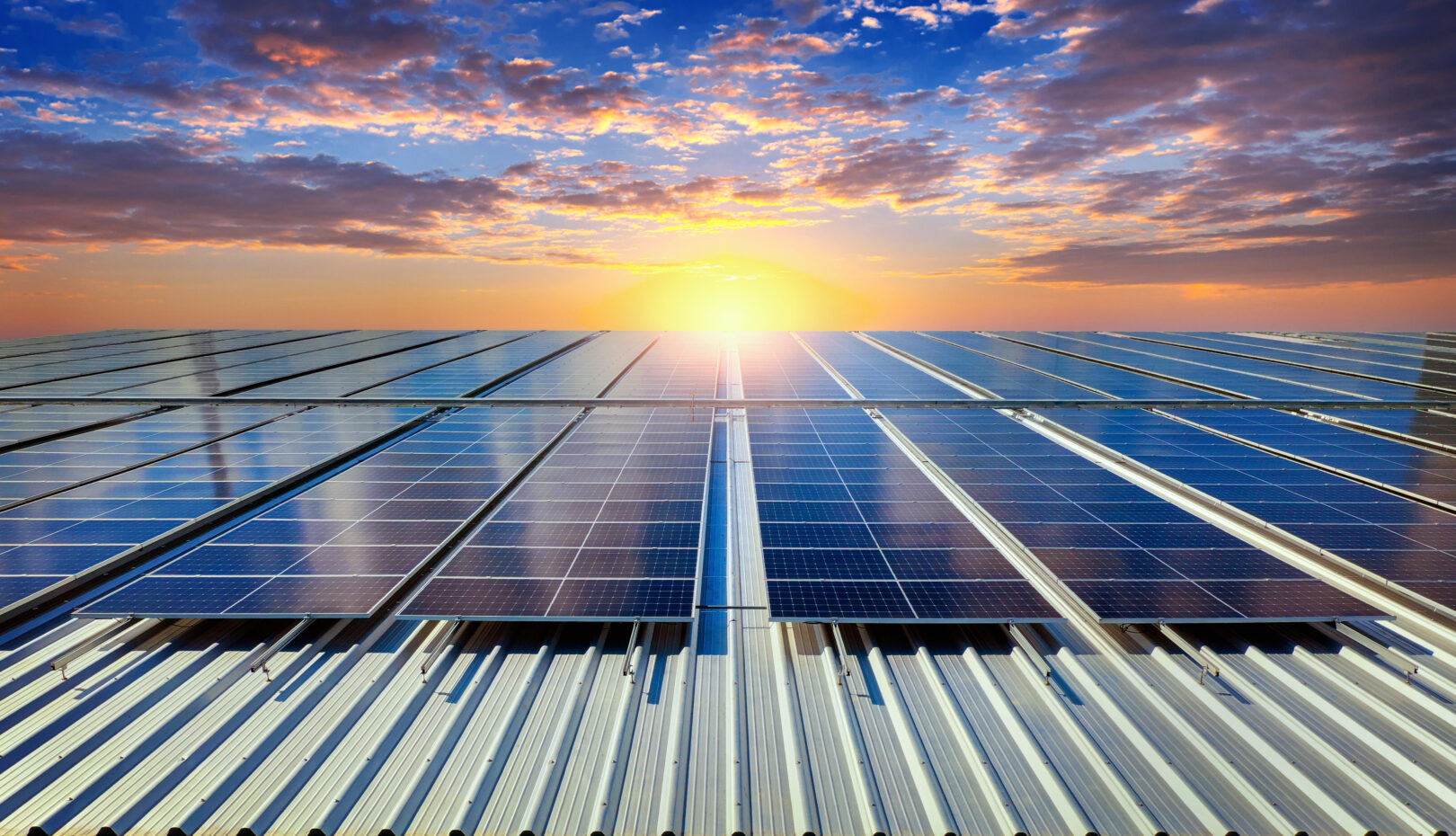How Solar Energy is Transforming Agriculture in India
Table of Contents
- Introduction
- The Need for Renewable Energy in Agriculture
- Solar-Powered Irrigation Pumps
- Cold Storage Solutions for Farmers
- Solar Dryers for Crop Preservation
- Microgrids for Rural Farming Communities
- Benefits of Solar Adoption in Agriculture
- Role of Solar Companies and Installers
- Challenges in Adoption and the Road Ahead
- Conclusion
- FAQs
Introduction
Agriculture has always been the backbone of India’s economy, but it faces challenges like rising electricity costs, irregular power supply, and dependence on fossil fuels. Solar energy is now revolutionizing farming by providing sustainable, affordable, and reliable solutions to farmers across the country. From solar irrigation pumps to cold storage facilities, renewable power is enabling farmers to increase productivity and profitability.
2. The Need for Renewable Energy in Agriculture
Traditional farming methods often rely heavily on diesel generators and grid electricity, both of which are expensive and unsustainable. By adopting clean energy, farmers can:
- Lower operational costs
- Gain independence from unreliable grid supply
- Reduce carbon footprint
- Improve crop yield through efficient resource management
3. Solar-Powered Irrigation Pumps
Water availability is one of the most crucial elements in farming. With solar-powered pumps, farmers can draw water from wells, rivers, or boreholes without relying on expensive diesel engines or erratic electricity.
Advantages:
- Reduced irrigation costs
- Continuous water availability during sunny hours
- Minimal maintenance requirements
- Eco-friendly alternative to diesel pumps
For example, small-scale farmers who invested in solar panel installation in Jaipur now enjoy uninterrupted irrigation, leading to better crop cycles and higher returns.
4. Cold Storage Solutions for Farmers
Post-harvest losses have always been a major concern for Indian agriculture. With perishable goods like fruits, vegetables, and dairy products, lack of refrigeration often leads to wastage.
Solar-powered cold storage units provide farmers with:
- Longer shelf life for crops
- Reduced spoilage during transport
- Higher profits through controlled supply to markets
These facilities are particularly beneficial in rural regions where grid supply is weak or unavailable.
5. Solar Dryers for Crop Preservation
Another innovative solution is the use of solar dryers. Farmers can use them to dehydrate crops, spices, and herbs. Unlike traditional drying methods, solar dryers ensure:
- Faster drying process
- Better quality retention
- Reduced contamination from dust and pests
This innovation allows farmers to add value to their products and enter new markets.
6. Microgrids for Rural Farming Communities
In many villages, farmers are adopting community-based solar microgrids. These systems supply power for irrigation, storage, and even lighting. This collective approach reduces costs and ensures equitable access to electricity.
7. Benefits of Solar Adoption in Agriculture
- Cost Savings: Reduction in fuel and electricity bills
- Sustainability: Long-term renewable solution
- Productivity: Continuous water and energy supply boosts yields
- Independence: Farmers become less dependent on government subsidies and power cuts
- Scalability: Solar systems can be expanded as farming needs grow
8. Role of Solar Companies and Installers
Professional installation is key to maximizing benefits. Choosing the right partner ensures durability, efficiency, and long-term support. The Best solar company in Jaipur provides tailored agricultural solutions for urban and semi-urban farmers. Similarly, for smaller towns and rural setups, the Best solar company kishangarh offers affordable systems designed to meet agricultural challenges.
9. Challenges in Adoption and the Road Ahead
While solar adoption is rising, challenges remain:
- High Initial Cost: Though long-term savings are high, upfront investment can be a barrier.
- Awareness Gap: Many farmers are still unaware of financing schemes and subsidies.
- Maintenance Needs: Regular servicing is required for consistent performance.
Government support, subsidies, and financing schemes are helping farmers overcome these hurdles, paving the way for widespread adoption.
10. Conclusion
The transformation of agriculture through solar innovations is undeniable. Whether it is irrigation, cold storage, or preservation, farmers are reaping the benefits of clean energy. By partnering with reliable companies for solar panel installation kishangarh, rural communities can further enhance their productivity and profitability.
The future of farming in India is green, efficient, and powered by the sun.
11. FAQs
Q1. How do solar pumps benefit farmers compared to diesel pumps?
Solar pumps eliminate fuel costs, provide continuous water supply during the day, and require less maintenance compared to diesel pumps.
Q2. Are there government subsidies for farmers adopting solar energy?
Yes, various state and central schemes offer subsidies of up to 40–60% on solar-powered agricultural equipment.
Q3. Can solar systems run cold storage units effectively?
Yes, solar-powered cold storage units are efficient and reliable, ensuring perishable crops last longer without depending on grid electricity.
Q4. What is the lifespan of a solar system in agriculture?
With proper maintenance, solar panels can last over 25 years, while inverters and batteries may need replacement every 8–12 years.
Q5. Is professional installation necessary for farm-based solar systems?
Yes, professional installation ensures the correct setup, optimal tilt, waterproofing, and long-term durability of the system.


